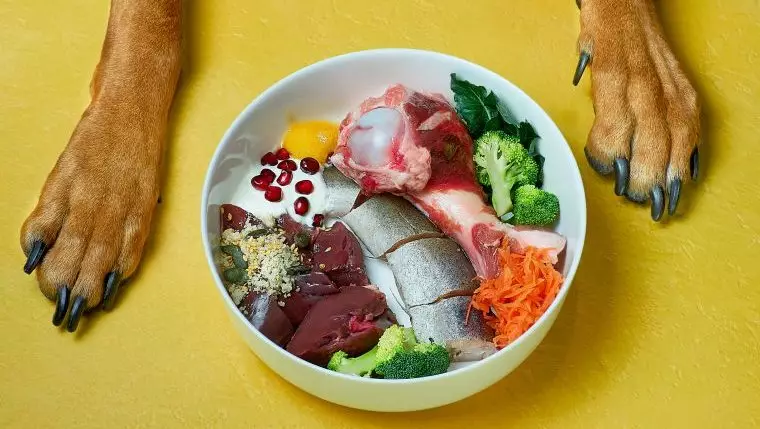In recent years, the way pet owners perceive and care for their dogs has undergone a significant transformation. Dogs are increasingly seen not merely as pets but as integral members of the family, often affectionately regarded as “furry children.” This change in societal perceptions has influenced not just the way people treat their dogs but also how they select products for them. The surge in interest for premium dog foods—especially those marketed as human-grade—highlights this growing bond and commitment between owners and their canine companions.
Recent reports, including insights from The New York Times, indicate that the demand for human-grade dog food is on the rise. These products attempt to align canine diets with human dietary trends, promoting a more organic and seemingly healthier approach. This shift is particularly noticeable during the COVID-19 pandemic, when many owners spent more time at home with their pets, fostering deeper connections and, for some, increasing anxiety about their pets’ health.
However, while the intent behind this dietary shift may be noble, experts urge caution. The enthusiasm surrounding human-grade diets may be driven more by marketing than by solid scientific evidence. As Dr. Cailin Heinze, a board-certified veterinary nutritionist, points out, the health halo surrounding such products often obscures the fact that they may lack the comprehensive research backing that traditional pet foods possess.
The Risks Hidden in Grain-Free Diets
While many owners are eager to switch to grain-free options, often marketing themselves as human-grade, these diets have not been without controversy. Grain-free dog foods, which typically rely heavily on legumes and peas, have faced scrutiny from nutritionists. Studies have emerged linking such diets to conditions like canine dilated cardiomyopathy (DCM), raising concerns about their long-term safety.
It’s crucial for dog owners to recognize that not all nutritional approaches are suitable for every dog. Individual needs vary significantly based on factors like age, breed, and activity level. What works for an energetic puppy might not meet the needs of a senior dog who requires a different nutrient ratio. Given these complexities, one-size-fits-all solutions in pet diets can lead to unintentional health issues.
Navigating the pet food landscape can be overwhelming, particularly with the myriad of options and the convincing marketing that accompanies them. If there’s any uncertainty about your dog’s dietary needs, consulting a veterinarian is advisable. Veterinary professionals can provide vital insights and tailored recommendations based on the specific health profile of your pet.
In some cases, integrating dietary supplements may fill gaps in nutritional intake, especially if the owner is reluctant to fully trust commercial pet food options. In the end, the ultimate goal is to ensure a balanced and health-optimized diet that promotes the well-being of our beloved companions.
As the market for pet food continues to evolve, it underscores the importance of informed decision-making as owners seek to provide the best for their dogs. The allure of human-grade dog food may be strong, but it is essential to analyze such options critically, considering the advice of professionals and the unique needs of individual pets. A cautious, educated approach will not only ensure happy and healthy dogs but will also foster an environment where both pets and their owners thrive together.

